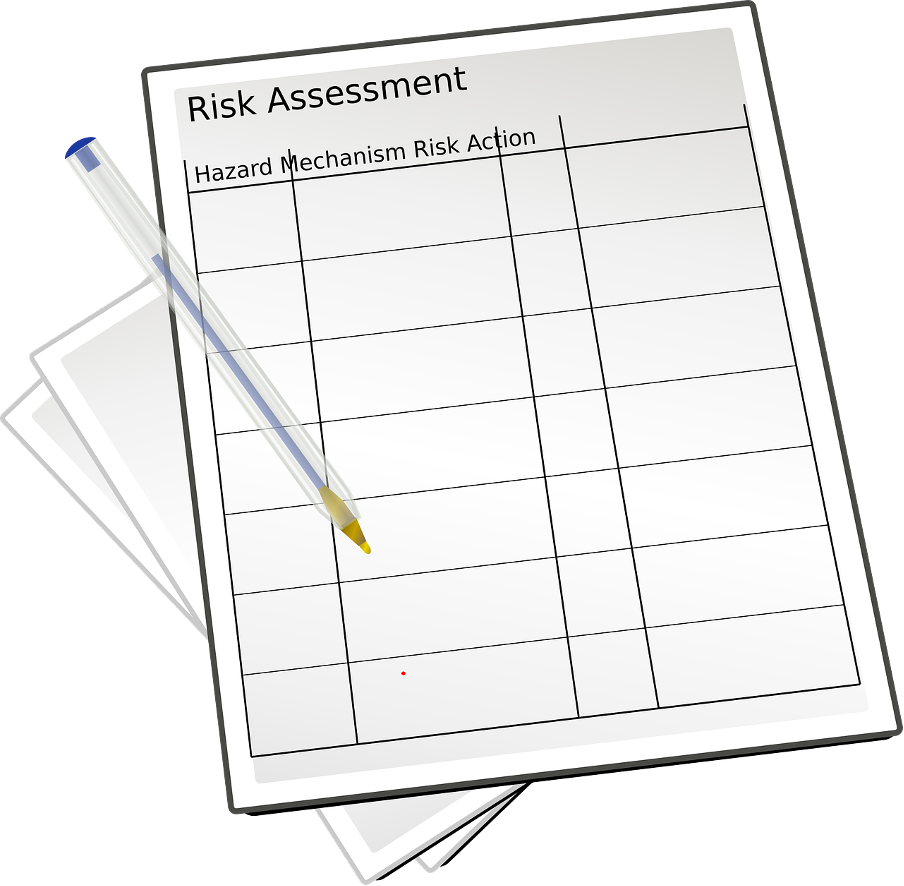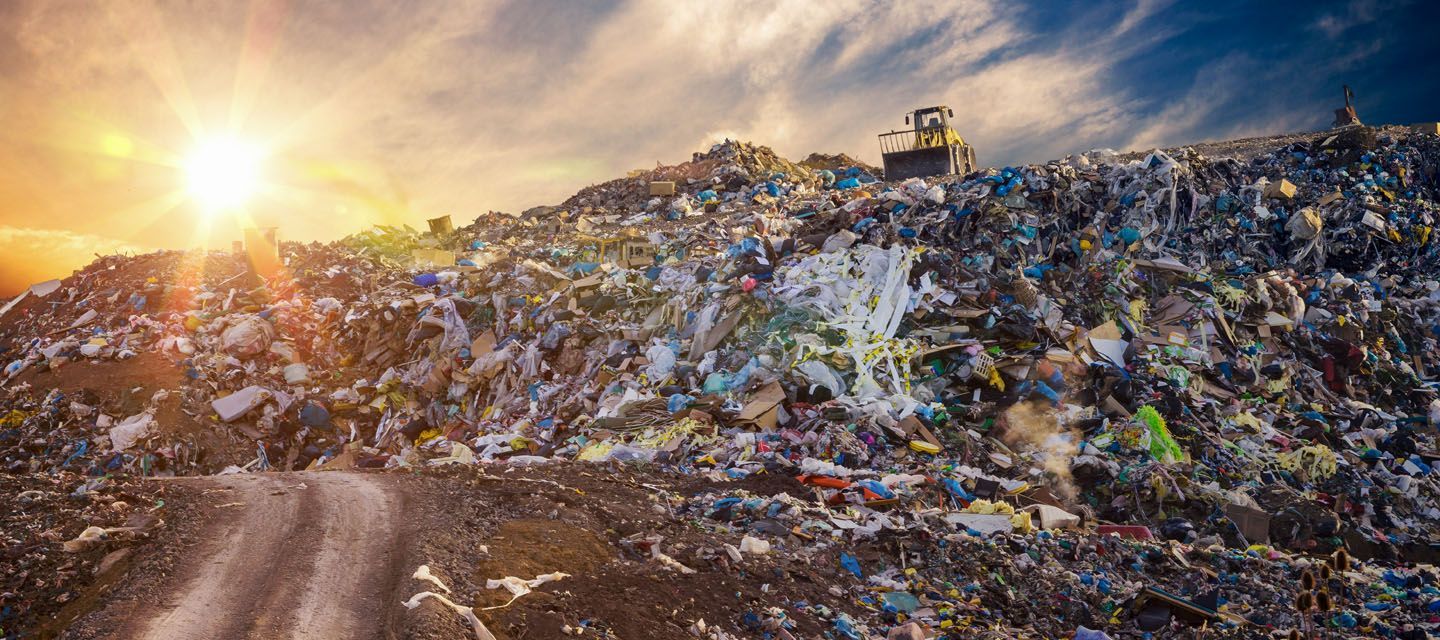Understanding the Importance of Asbestos Management: A Comprehensive Guide to Material Risk Assessment
Material risk assessment is a crucial component of asbestos management

Introduction to Asbestos Management
Asbestos is a hazardous material that was widely used in construction and other industries until its ban in the late 1990s. It poses significant health risks, including lung cancer and mesothelioma, when its fibres are inhaled. Asbestos management is crucial to ensure the safety of workers and the general public. In this comprehensive guide, we will explore the importance of asbestos management, the regulations governing it, and the role of material risk assessment in identifying and mitigating potential risks.
The Control of Asbestos Regulations 2012
The Control of Asbestos Regulations 2012 is the primary legislation governing asbestos management in the United Kingdom. These regulations impose a duty on employers, duty-holders, and building owners to manage the risks associated with asbestos-containing materials (ACMs) present in their premises. The regulations require the identification and assessment of ACMs, the development of a management plan, and appropriate control measures to minimise exposure. Compliance with these regulations is essential to protect individuals from the harmful effects of asbestos.
Understanding HSG264: The Asbestos: The Survey Guide
HSG264 is a key document published by the Health and Safety Executive (HSE) that provides guidance on carrying out asbestos surveys and managing asbestos-containing materials. It offers detailed information on different types of surveys, survey methodologies, and assessment techniques. This guide is an invaluable resource for those involved in asbestos management and provides the necessary knowledge and understanding to effectively assess and control the risks associated with asbestos.
Material Risk Assessment: What is it and why is it important?
Material risk assessment is a crucial component of asbestos management. It involves the identification and evaluation of the risks associated with specific asbestos-containing materials. This assessment helps prioritise the management actions required to control the risks effectively. By assessing the condition, location, and accessibility of ACMs, material risk assessment allows for the development of appropriate control measures, ensuring the safety of individuals who may come into contact with the materials.
Conducting a Material Risk Assessment: Step-by-step guide
- Identification of ACMs: The first step in conducting a material risk assessment is identifying all the potential ACMs present in the premises. This may involve reviewing historical records, conducting site inspections, and obtaining samples for laboratory analysis and confirmation of the fibre types present.
- Assessments of the material type and likelihood of fibre release: Once the materials have been located and identified, an assessment of the type of material is made. This takes into account the percentage of asbestos contained within the material as well as the likelihood of the material to readily release fibres
- Assessment of ACM condition: Once the ACMs have been identified, their condition needs to be assessed. This involves inspecting the materials for signs of damage, deterioration, or disturbance that could release asbestos fibres.
- Evaluation of accessibility: The accessibility of ACMs is an important factor in determining the level of risk. Materials that are easily accessible may pose a higher risk than those located in areas with limited or no access.
- Prioritisation of actions: Based on the assessment findings, prioritisation of actions is necessary. High-risk materials should be addressed first, followed by those with moderate or low risks. The actions may include encapsulation, removal, or ongoing management strategies.
Within HSG 264, There is an asbestos material assessment algorithm which can be used to aid in the completion of material risk assessments.
Priority Assessment: Identifying High-Risk Asbestos Materials
In asbestos management, it is essential to prioritise actions based on the level of risk posed by different ACMs. A priority assessment helps identify high-risk materials that require immediate attention. In addition to the material assessment, the priority assessment looks at the human exposure potential. Factors such as the likelihood of disturbance, duration the area is in use, and type of maintenance activities are considered in this assessment. High-risk materials may include damaged or deteriorated asbestos insulation, friable materials that are easily crumbled, or materials located in areas prone to disturbance. By identifying and addressing high-risk materials promptly, the potential for exposure to asbestos fibres can be significantly reduced.
The Role of Consulo Compliance in Asbestos Management
Asbestos management is a complex process that requires expertise and specialised knowledge. Consulo Compliance is a leading provider of professional asbestos management services. Our team of highly trained and experienced professionals can assist in all aspects of asbestos management, including surveys, risk assessments, management plans, and ongoing monitoring. By engaging the services of Consulo Compliance, you can have peace of mind knowing that your asbestos management is in capable hands.
The Benefits of Professional Asbestos Management Services
Engaging professional asbestos management services offers several benefits. Firstly, professionals have the necessary expertise and knowledge to accurately identify and assess asbestos-containing materials. They can conduct thorough surveys and risk assessments, ensuring that no ACMs are overlooked. Secondly, professionals can develop comprehensive management plans tailored to your specific needs, including control measures and ongoing monitoring. Lastly, professional asbestos management services can save you time, money and effort by handling all aspects of compliance, allowing you to focus on your core business activities.
Common Challenges in Asbestos Management and How to Overcome Them
Asbestos management can present various challenges that need to be addressed effectively. One common challenge is the identification of hidden or hard-to-reach ACMs. These materials may be concealed within walls, ceilings, or under floor coverings, making their detection difficult. To overcome this challenge, it is crucial to engage professionals who have the expertise and specialised equipment to locate and assess these hidden materials.
Another challenge is the proper handling and disposal of asbestos during removal or renovation activities. Asbestos waste must be handled in accordance with specific regulations to prevent the release of fibres into the environment. It is essential to work with licensed asbestos removal contractors who follow best practices and adhere to all relevant regulations.
Conclusion: The Importance of Proactive Asbestos Management
Proactive asbestos management is crucial for safeguarding the health and well-being of individuals who may come into contact with asbestos-containing materials. By complying with the Control of Asbestos Regulations 2012, understanding the guidance provided in HSG264, and conducting thorough material risk assessments, the risks associated with asbestos can be effectively controlled. Engaging the services of professionals, such as Consulo Compliance, ensures that all aspects of asbestos management are handled expertly, saving you time, effort, and potential legal liabilities.
Let us take the guesswork out of your asbestos management, contact us today and get your asbestos managed cost-effectively.









